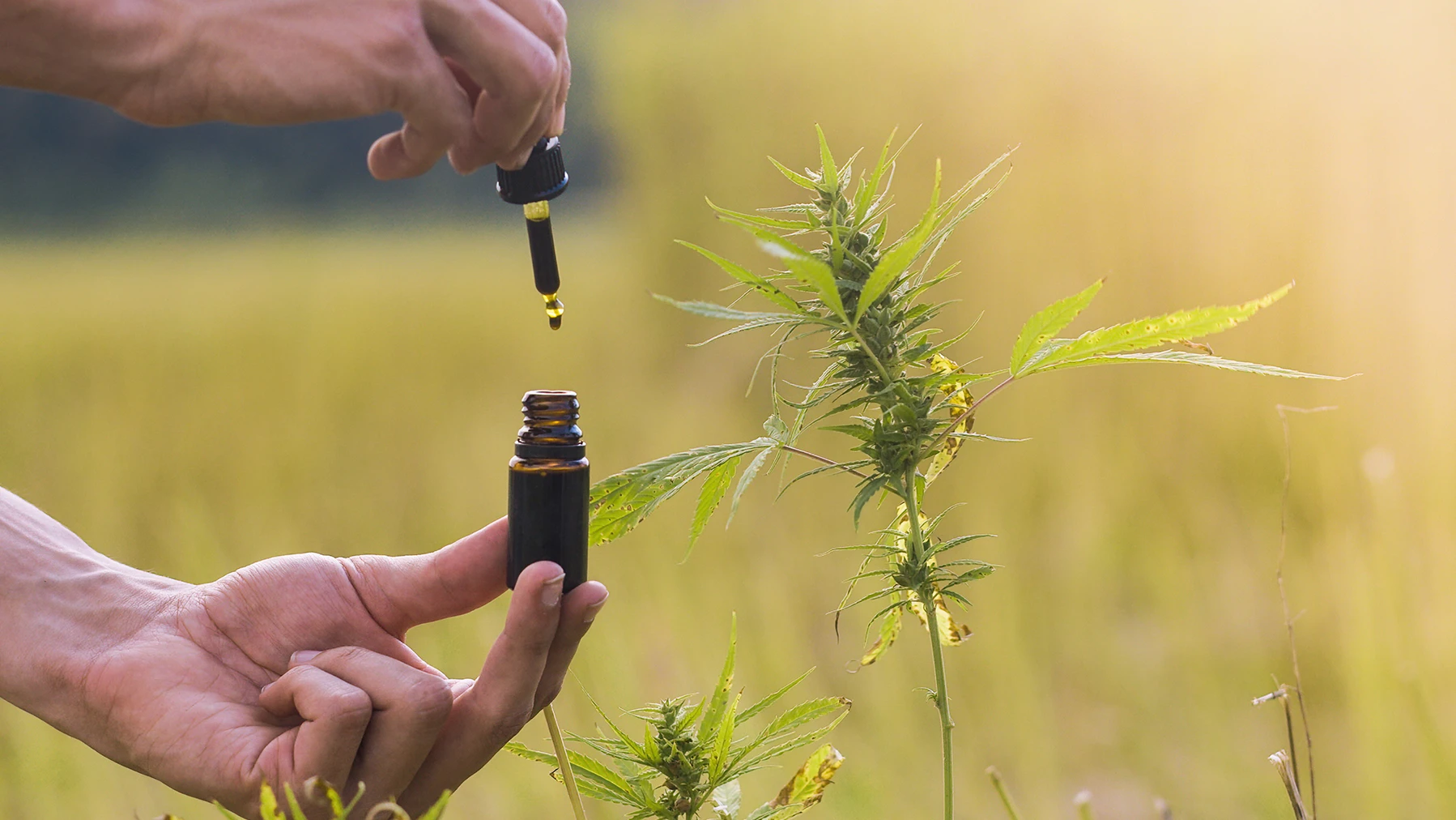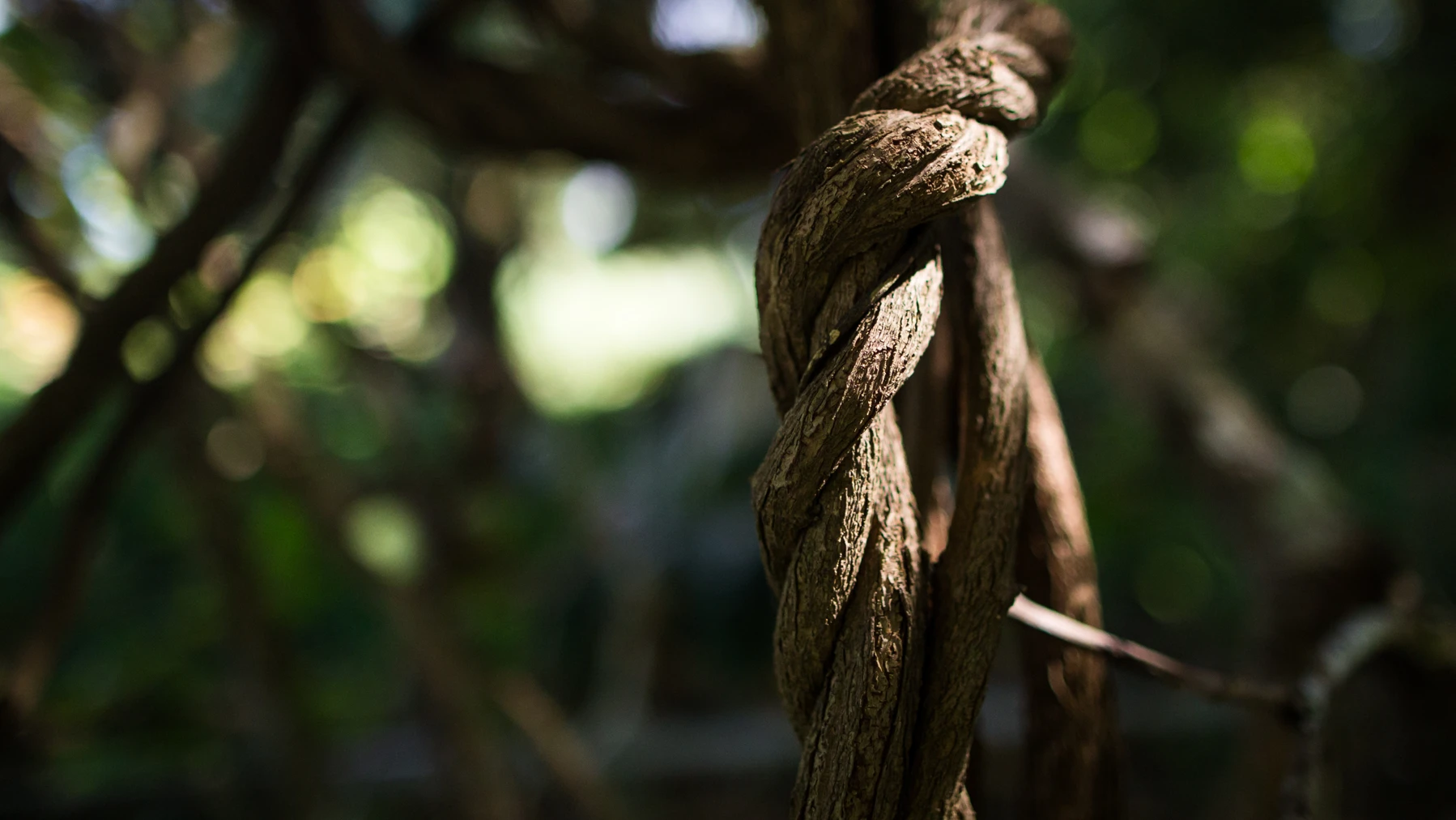The use of psychedelics is experiencing a resurgence in interest for their potential therapeutic benefits and personal insights. This makes ensuring safe use more important than ever. This article will guide you through best practices for ensuring safe use of psychedelics, with an emphasis on the set and setting model, dosage, supervision, and harm reduction strategies.

Guidelines on safe use of psychedelics
- Educate Yourself: Before using any psychedelic substance, thoroughly research its effects, risks, and benefits. Understanding the particular substance you plan to use is crucial.
- Know the Source: Ensure that the psychedelic you are using is from a reliable source to avoid contamination or misidentification of substances.
- Start with a Low Dose: Especially if you are a novice, starting with a lower dose can help you understand the substance’s effects on your body and mind. Gradually increase the dosage only if you feel comfortable and safe.
- Physical and Mental Health: Ensure you are in good physical and mental health. Pre-existing conditions, especially mental health disorders, can exacerbate adverse effects.
The set and setting model
The ‘set and setting‘ model is a framework for understanding how context influences the psychedelic experience. It emphasizes the importance of mindset (set) and the physical and social environment (setting).
Set (Mindset)
- Mental Preparation: Your mental state before taking psychedelics significantly influences the experience. It’s advisable to approach the experience with a positive mindset, free from stress and anxiety.
- Intentions: Clarify your intentions. Whether seeking personal insight, emotional healing, or recreational enjoyment, knowing your purpose can help guide the experience.
Setting (Environment)
- Safe Environment: Choose a safe, comfortable, and familiar environment. Your surroundings should be free from potential hazards and distractions.
- Trusted Companions: Having trusted friends or a sober guide (often referred to as a trip sitter) can provide reassurance and assistance if needed. This is especially important for those new to psychedelics.
Dosage and supervision
- Dosage Control: Accurate dosage is crucial. Overdosing can lead to overwhelming experiences and potential psychological distress. Use scales to measure substances accurately.
- Supervision: A sober trip sitter, preferably someone experienced with psychedelics, can provide support and ensure safety throughout the experience. They can help manage any challenging moments and offer a grounding presence.
Harm reduction strategies
- Hydration and Nutrition: Stay hydrated and have light, healthy snacks available. Avoid alcohol and other substances that can interfere with the psychedelic.
- Emergency Plan: Have a plan for emergencies. Know the local emergency numbers and have a trusted contact on standby.
- Integration: Post-experience integration is vital. Reflect on the experience, discuss it with trusted friends or a therapist, and apply any insights gained constructively.
- Legal Considerations: Be aware of the legal status of psychedelics in your region. Engaging with these substances responsibly includes understanding and respecting the law.
- Avoiding Dangerous Combinations: Some substances can have dangerous interactions with psychedelics. Research any potential drug interactions if you are on medication or considering mixing substances.
Minimizing potential risks and adverse effects
- Mental Health Screening: Those with a history of severe mental illness should consult with a healthcare professional before using psychedelics.
- Gradual Exposure: For newcomers, gradual exposure starting with mild psychedelics like psilocybin mushrooms before moving to stronger substances like LSD or DMT can be beneficial.
- Monitoring and Support: Continuous monitoring during the experience can help identify early signs of distress or adverse reactions, allowing for timely intervention.
- Aftercare: Post-experience care is essential. Emotional and psychological support, rest, and integration practices can help mitigate potential negative after-effects.
Interested in expanding your understanding of psychedelics? How Plantific can help
Using psychedelics can offer profound experiences and therapeutic benefits when done safely and responsibly. By following these best practices and harm reduction strategies, you can minimize risks and enhance the positive outcomes of your psychedelic journey. Remember, the key lies in proper preparation, safe environment, accurate dosing, and having a solid support system.
At Plantific our Introduction to the Science of Psychedelics course provides an overview on the history, science and ethics of psychedelics.
Our course can provide you with all of the necessary knowledge to effectively navigate the complex galaxy of psychedelic medicines. The Introduction to the Science of Psychedelics course offers you a competitive edge in preparation for the challenges and opportunities in this rapidly-evolving field. Broadly speaking, the course focuses on the following concepts:
- Historical summary
- Substance overview
- Medical applications
- Clinical practice
- Research
- Ethics and bio-cultural sustainability
If you are interested in learning more about how Plantific can help you on your Psychedelic knowledge journey, explore the various courses we offer.


